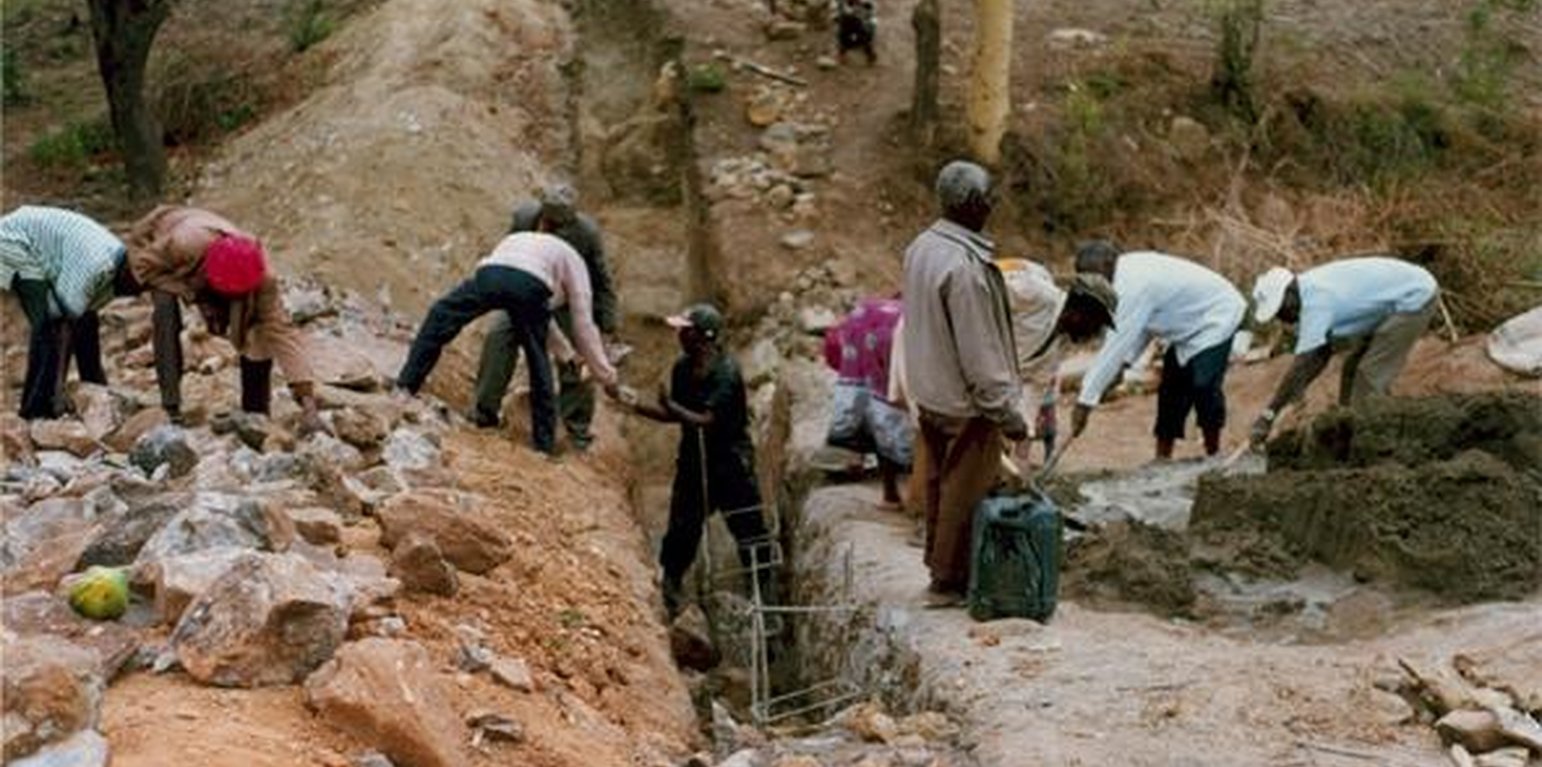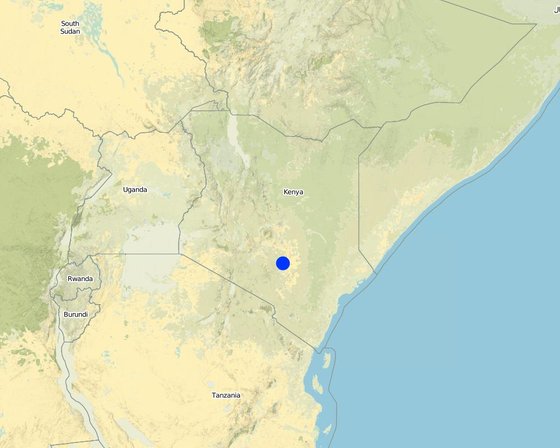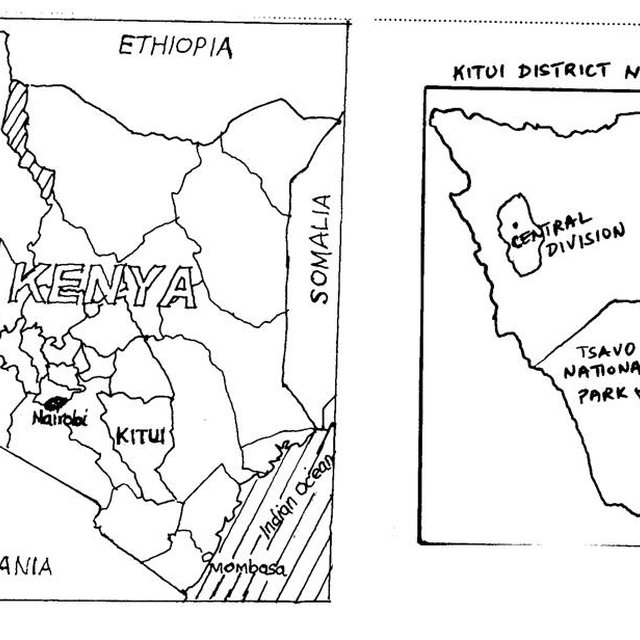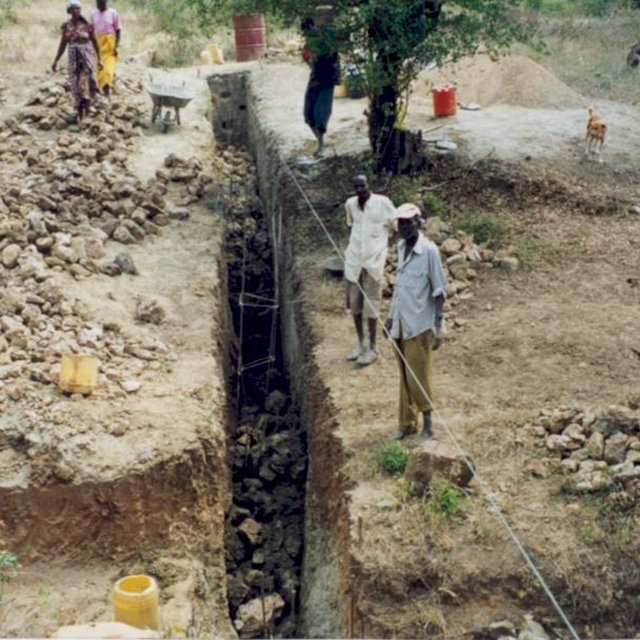



Aims / objectives: Purpose is to harness the available water resource for common interests. Objective is to make water more accesible especially in the dry season.
Methods: Communities are mobilised through participation process. Local artisans are trained on the job wherease the community provide local materials and free labour voluntarily. Supporting NGOs facilitate the training and provide inputs eg cement, reinforcing bars, skilled labour. Community mobilisation is basic to SASOL's programme for water resource development. SASOL take advantage of existing structures and conforms to the government policy refferred to as District focus for Rural Development. Before communities can be mobilised, people, must be trained and SASOL has found that training can best be done at the local level. The role of the community is as follows: 1. To provide secondary data/information 2. Identify problems, resources and propose possible interventions or community action plan. 3. Election of a committee to take charge - custodial of all purchased materials. 4. Collection of local materials and provide labour. 5. Carry out impact assessment periodically

地点: Eastern, 肯尼亚
启动日期: 1995
终止年份: 不适用
方法的类型

| 该方法涉及哪些利益相关者/执行机构? | 指定利益相关者 | 说明利益相关者的角色 |
| 当地土地使用者/当地社区 | Community village group (water users' group). Working land users were mainly women (most of the men are working outside the district.) Existing groups of land users; Working land users were mainly women (most of the men are working outside the district.) | More men working outside the district. More women engaged in the daily activities as they are availanle. Sub-locational development committees and self help groups are mobilised for a community training that follows the approach of a PRA. The community selects from 25 to 50 trainnees, both men and women. |
| 国家政府(规划者、决策者) | ||
| 国际组织 | Kenyan political scientist in collaboration with a Netherland hydrogeologist and an environmental planner |
决策是由......做出的
决策是基于
through PRA and on the job
土地使用者的劳动力为
more tree nurseries, more vegetable growing, more time for terracing etc instead of treking for water
other groups using water as an entry point for development e.g. catholic diocese